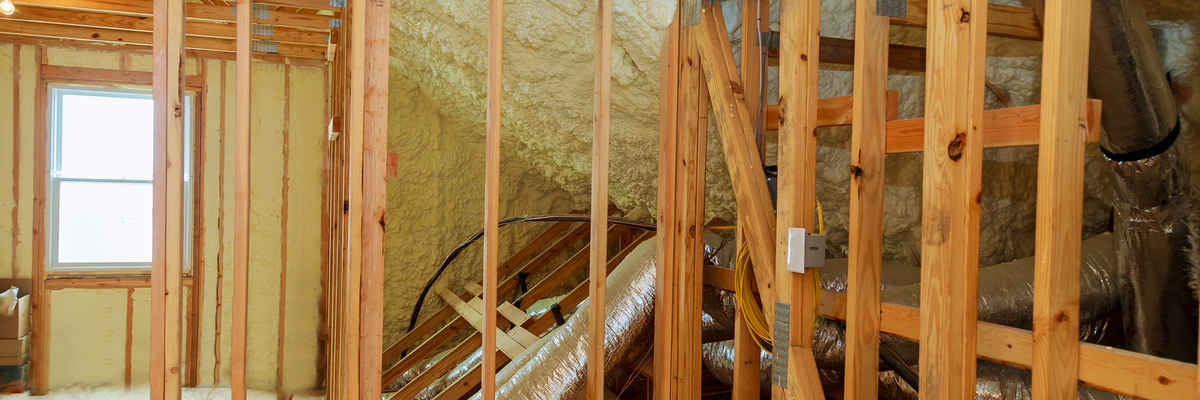What are the benefits of rockwool insulation?
The most obvious benefit of rockwool insulation is the price. It's considerably cheaper than other types of insulation, particularly once you factor in shipping costs for more expensive products like fiberglass.
Other benefits include the fact that it does not absorb moisture when wet, doesn't conduct electricity, can be molded to almost any shape or contour when rigid boards are connected with built-in cradles and slotted cross wise connectors. It's also fire retardant which means it won't contribute to a house fire if left in place during a potential disaster. A big downside though is that it needs to be replaced periodically because bugs find it very attractive!
Rock wool insulation is made of rock, high-alumina rock in particular, which is turned into tiny fibers. The rock wool fibers are then spun together very tightly to form rolls or batts of insulation that can be used in homes and buildings. You can purchase rock wool in three forms: rock wool panels for easy installation on walls with furring strips; rock wool blanket with tape on one side for quick wall covering; and rock wool batt for areas difficult to reach like insulating the top of a cathedral ceiling.
The most popular use for rock wool insulation is inside home walls where it keeps them warm in the winter and cool in the summer. On its own it provides R-value 4 which means it will block heat transfer at a rate of 4 times less than air, rock wool panels provide R-value 5. The rock wool insulation can also be added to traditional fiberglass for an even more effective wall insulation.
Rock wool is relatively "green" because rock is plentiful and rock mining does not destroy the environment like strip mining for coal or cutting down rain forests like logging.
Call Now - (650) 460-1311
Get Your Free Quote!

How does rockwool insulation work?
First, the rockwool is heated to melt and break it down. The fibers need to be broken into shorter pieces so that they can react better with the lime mortar during the insulation process.
When molten rockwool is mixed together with water, a chemical reaction takes place and creates heat. Rock wool insulation will actually generate heat by up to three degrees Fahrenheit within minutes of installation because of these reactions. This heat-generating action becomes more significant as you work your way up in order from nominal to reflective numbers, especially when added on top of traditional fiberglass insulation. If you would like even less heat gain through your walls in summertime, choose an insulated panel product rated at R-5 or higher for best results." The rockwool insulation is then soaked in a slurry of chalk and wine.
After these chemicals soak into the rockwool, it hardens and becomes rock solid; the rock wool insulation panels are then taken to a kiln and cured for twenty-four hours at 1,500 degrees Fahrenheit. Finally, they are ready to be shipped out to your job site.
Call Us Now - (650) 460-1311
